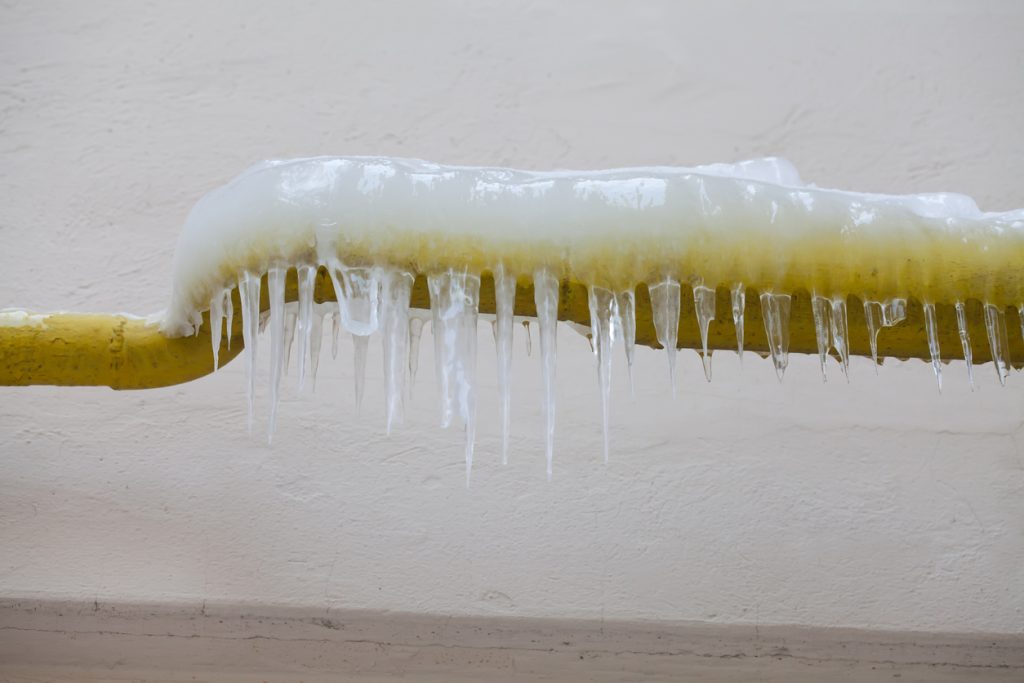Ways to Safeguard Your Pipes from Freezing: Expert Tips
Ways to Safeguard Your Pipes from Freezing: Expert Tips
Blog Article
Just how do you actually feel about Helpful Tips to Prevent Frozen Pipes this Winter?

Cold weather can ruin your plumbing, particularly by freezing pipes. Here's just how to prevent it from occurring and what to do if it does.
Introduction
As temperatures drop, the risk of icy pipelines increases, possibly resulting in costly repair work and water damage. Recognizing just how to avoid frozen pipelines is vital for house owners in cold environments.
Recognizing Icy Pipelines
What causes pipes to freeze?
Pipes ice up when subjected to temperature levels listed below 32 ° F (0 ° C) for expanded periods. As water inside the pipes freezes, it increases, putting pressure on the pipeline walls and possibly creating them to rupture.
Risks and damages
Icy pipelines can cause water supply disruptions, residential property damage, and pricey repair services. Ruptured pipelines can flood homes and trigger comprehensive structural damages.
Indications of Frozen Pipes
Recognizing frozen pipelines early can stop them from bursting.
Exactly how to identify icy pipelines
Look for decreased water flow from faucets, unusual smells or noises from pipes, and noticeable frost on subjected pipelines.
Avoidance Tips
Insulating prone pipes
Wrap pipelines in insulation sleeves or make use of heat tape to secure them from freezing temperatures. Concentrate on pipelines in unheated or exterior locations of the home.
Home heating strategies
Keep interior spaces effectively warmed, specifically areas with plumbing. Open up cupboard doors to permit warm air to distribute around pipelines under sinks.
Shielding Exterior Plumbing
Yard tubes and exterior taps
Disconnect and drain garden tubes prior to wintertime. Install frost-proof spigots or cover outdoor taps with shielded caps.
What to Do If Your Pipelines Freeze
Immediate actions to take
If you presume icy pipelines, keep faucets open to alleviate pressure as the ice melts. Use a hairdryer or towels taken in hot water to thaw pipelines slowly.
Long-Term Solutions
Structural changes
Think about rerouting pipes far from outside walls or unheated areas. Add additional insulation to attics, basements, and crawl spaces.
Upgrading insulation
Buy premium insulation for pipelines, attic rooms, and wall surfaces. Appropriate insulation helps keep constant temperature levels and minimizes the risk of icy pipes.
Verdict
Protecting against icy pipelines requires aggressive actions and fast actions. By understanding the causes, indications, and safety nets, house owners can safeguard their pipes during cold weather.
5 Ways to Prevent Frozen Pipes
Drain Outdoor Faucets and Disconnect Hoses
First, close the shut-off valve that controls the flow of water in the pipe to your outdoor faucet. Then, head outside to disconnect and drain your hose and open the outdoor faucet to allow the water to completely drain out of the line. Turn off the faucet when done. Finally, head back to the shut-off valve and drain the remaining water inside the pipe into a bucket or container. Additionally, if you have a home irrigation system, you should consider hiring an expert to clear the system of water each year.
Insulate Pipes
One of the best and most cost-effective methods for preventing frozen water pipes is to wrap your pipes with insulation. This is especially important for areas in your home that aren’t exposed to heat, such as an attic. We suggest using foam sleeves, which can typically be found at your local hardware store.
Keep Heat Running at 65
Your pipes are located inside your walls, and the temperature there is much colder than the rest of the house. To prevent your pipes from freezing, The Insurance Information Institute suggests that you keep your home heated to at least 65 degrees, even when traveling. You may want to invest in smart devices that can keep an eye on the temperature in your home while you’re away.
Leave Water Dripping
Moving water — even a small trickle — can prevent ice from forming inside your pipes. When freezing temps are imminent, start a drip of water from all faucets that serve exposed pipes. Leaving a few faucets running will also help relieve pressure inside the pipes and help prevent a rupture if the water inside freezes.
Open Cupboard Doors
Warm your kitchen and bathroom pipes by opening cupboards and vanities. You should also leave your interior doors ajar to help warm air circulate evenly throughout your home.

I'm certainly very curious about How to Prevent Your Pipes From Freezing and I am assuming you enjoyed reading the blog entry. Do you know about somebody who is enthusiastic about How To Avoid Freezing Pipes? Take a moment to promote it. Many thanks for going through it.
Schedule An Appointment Report this page